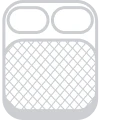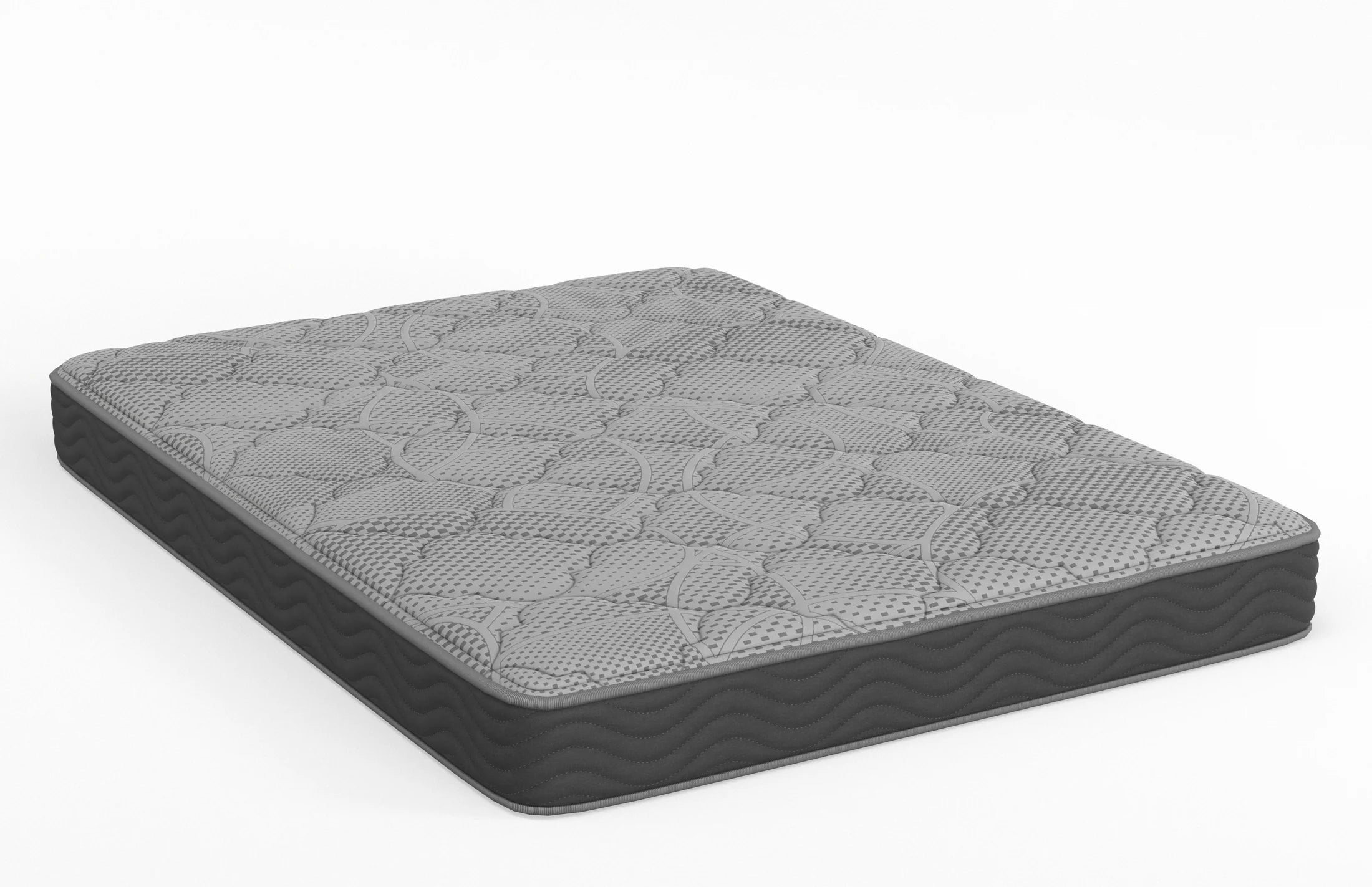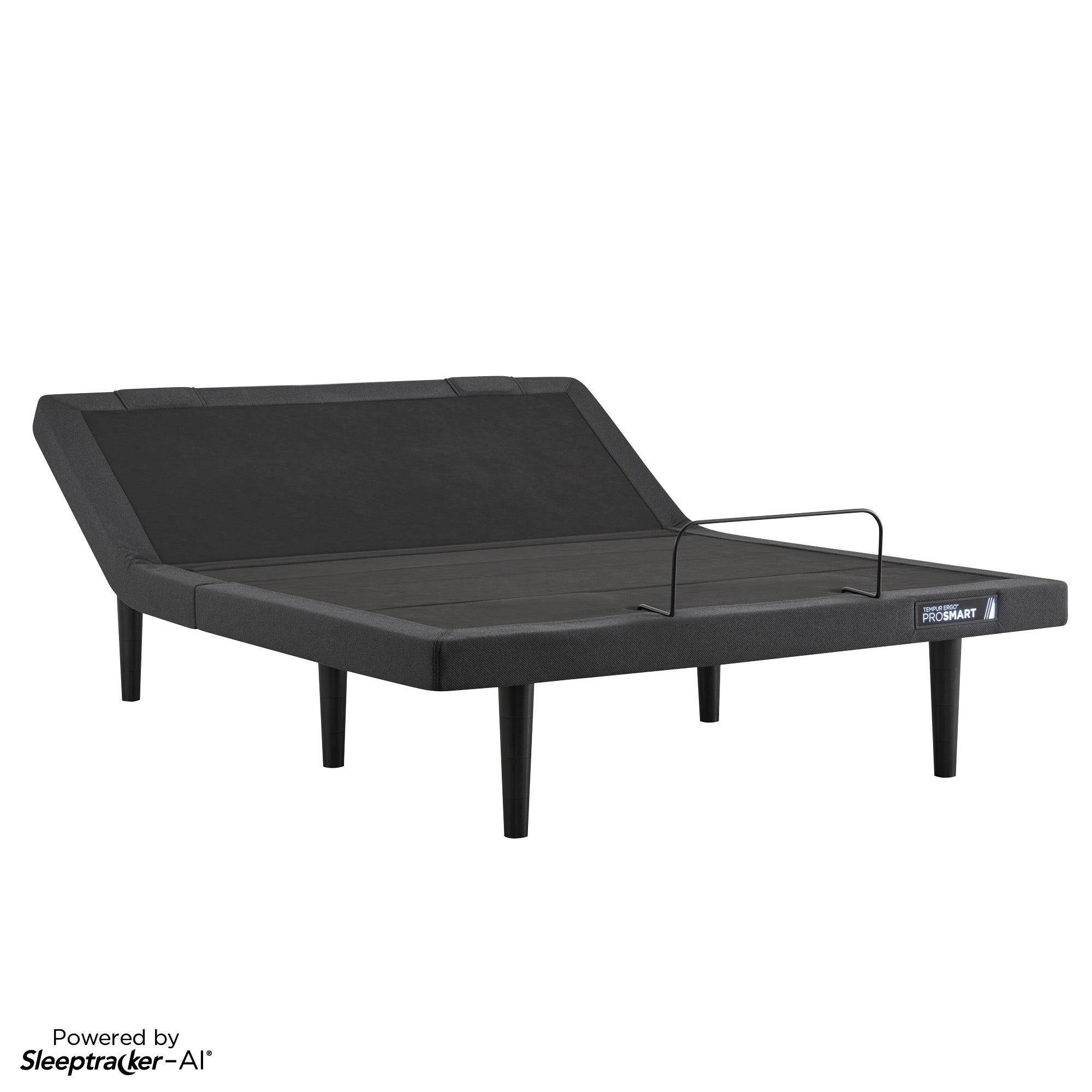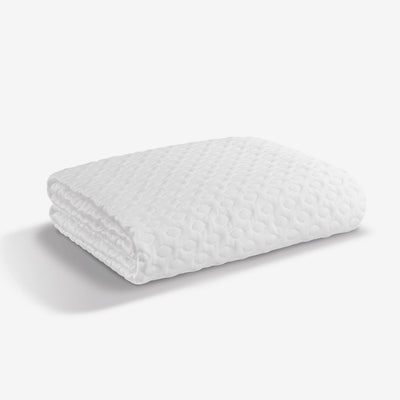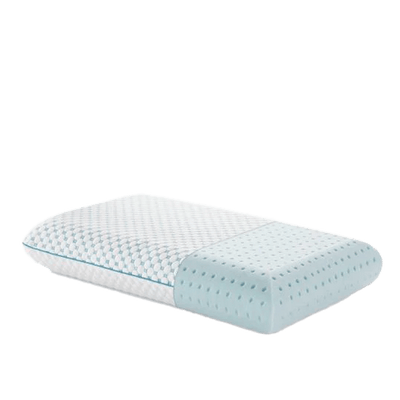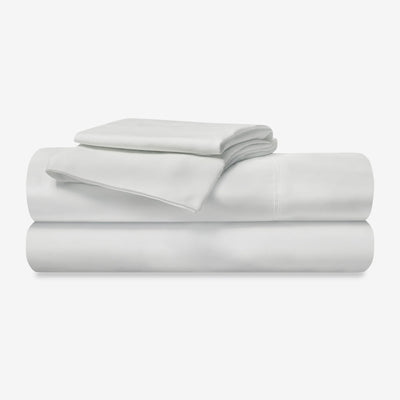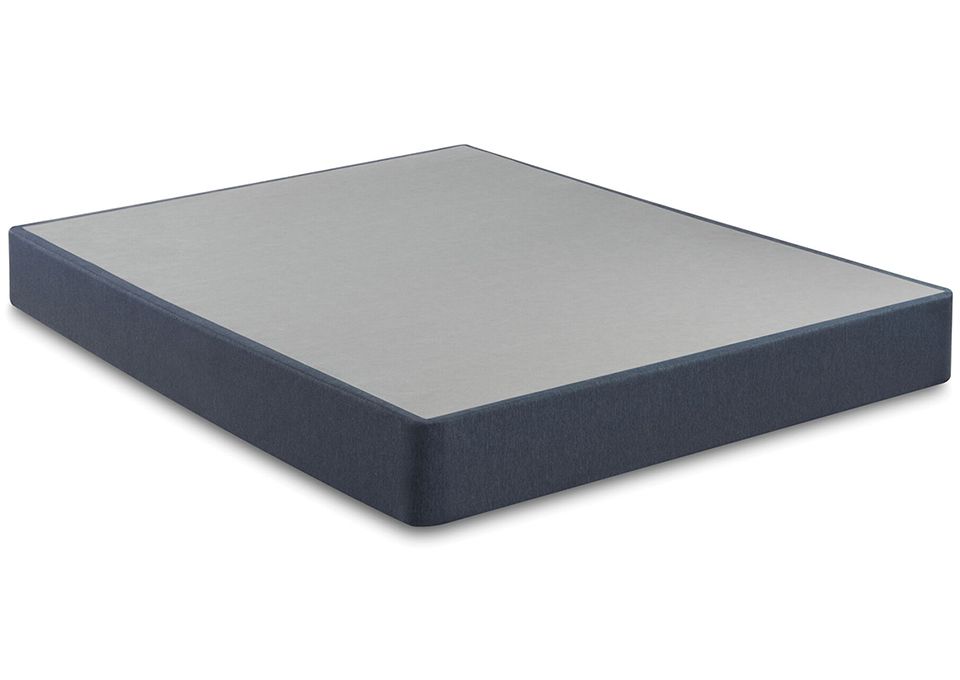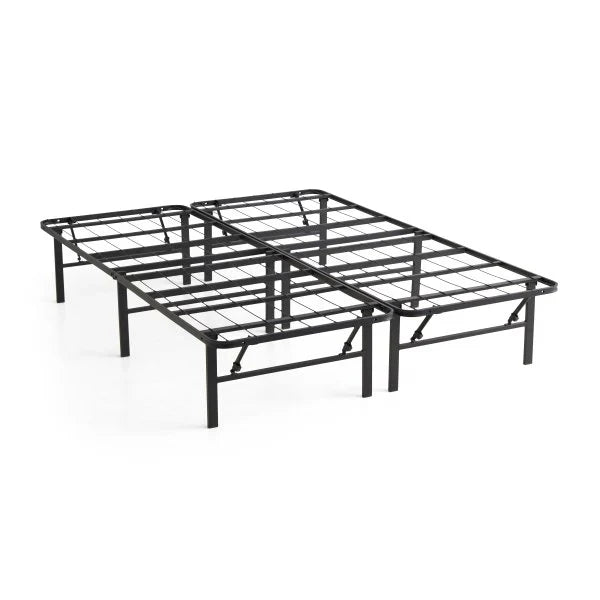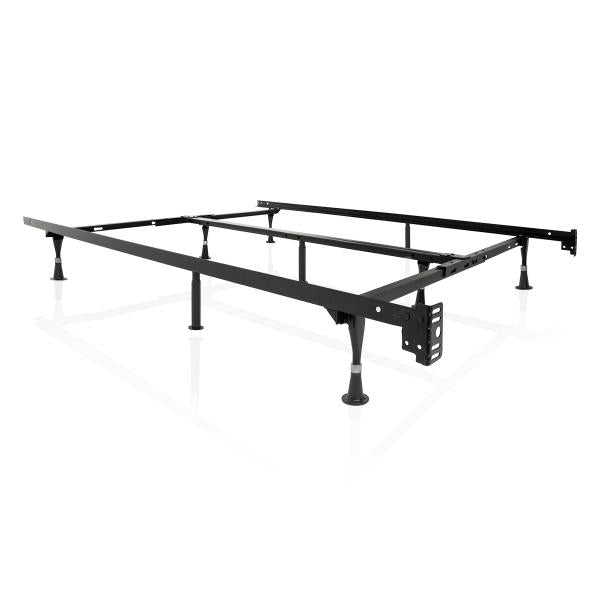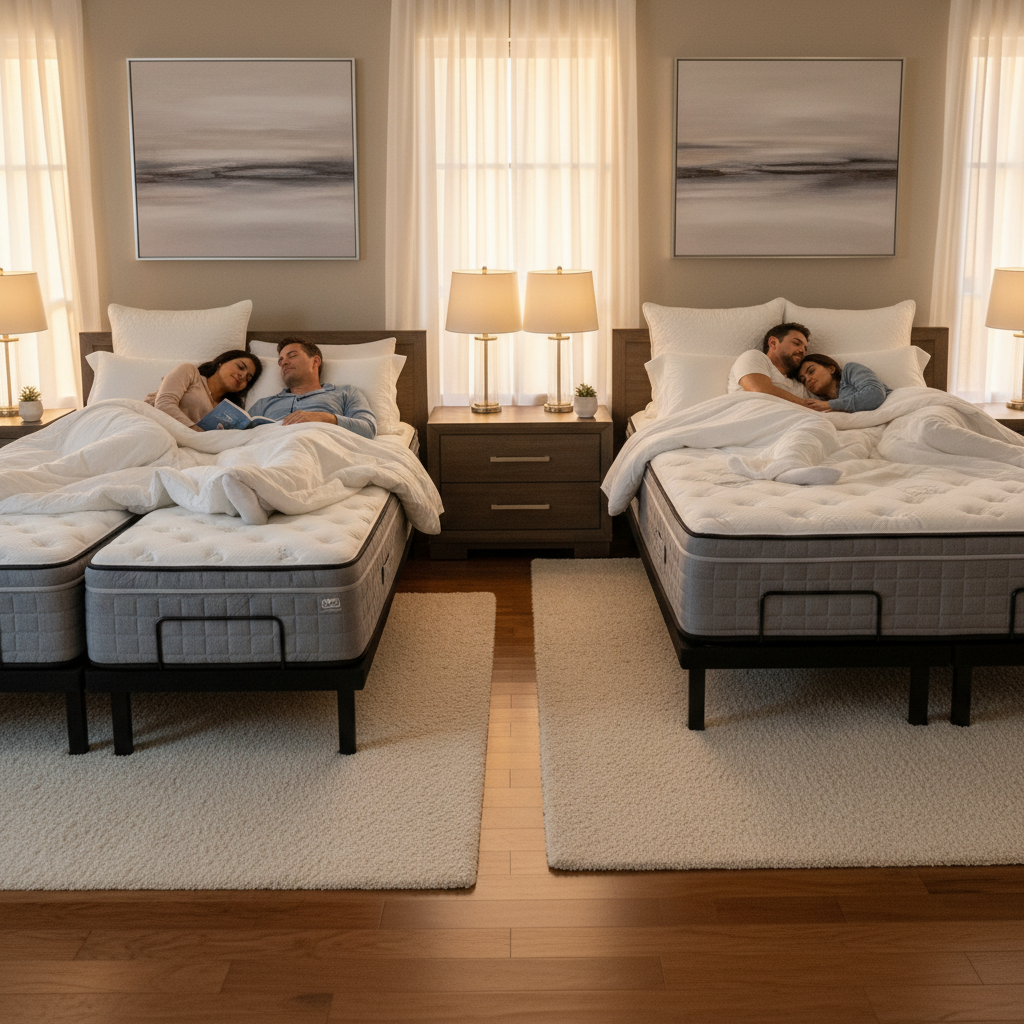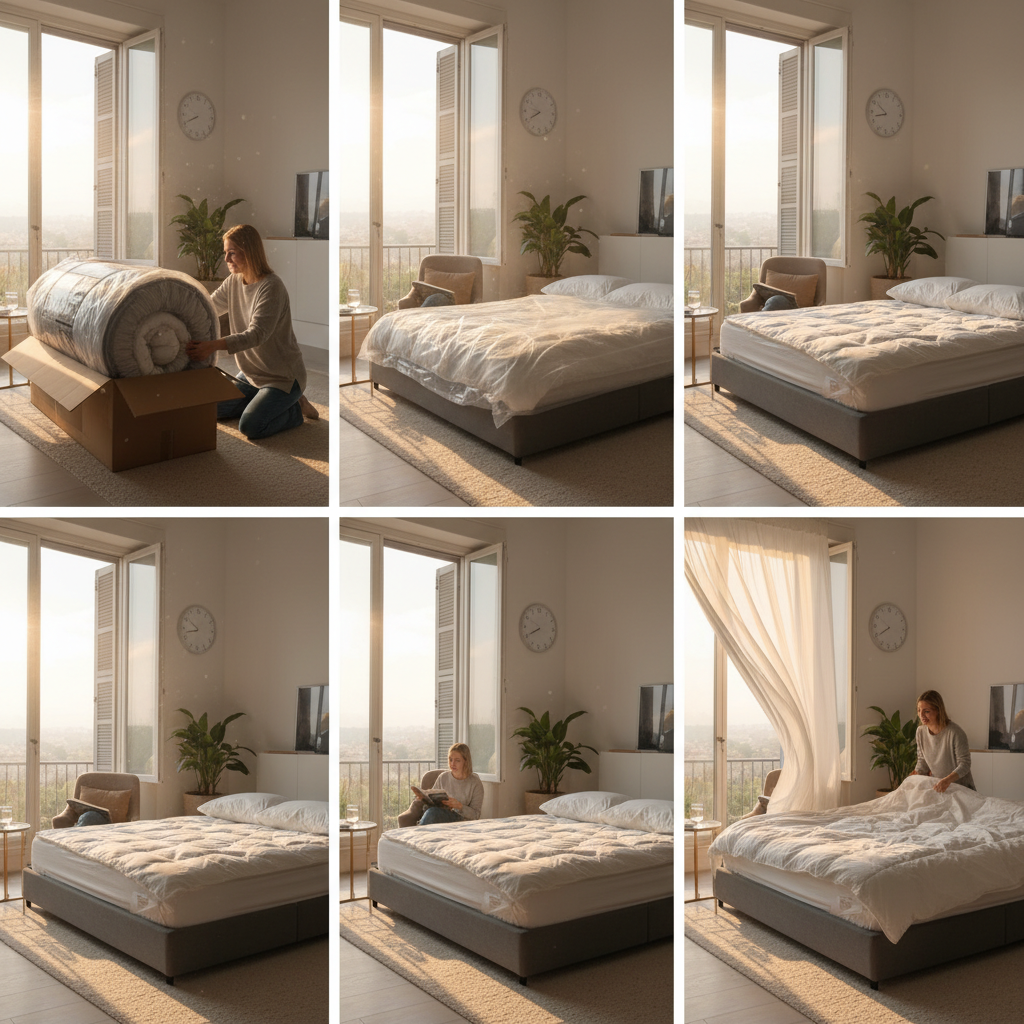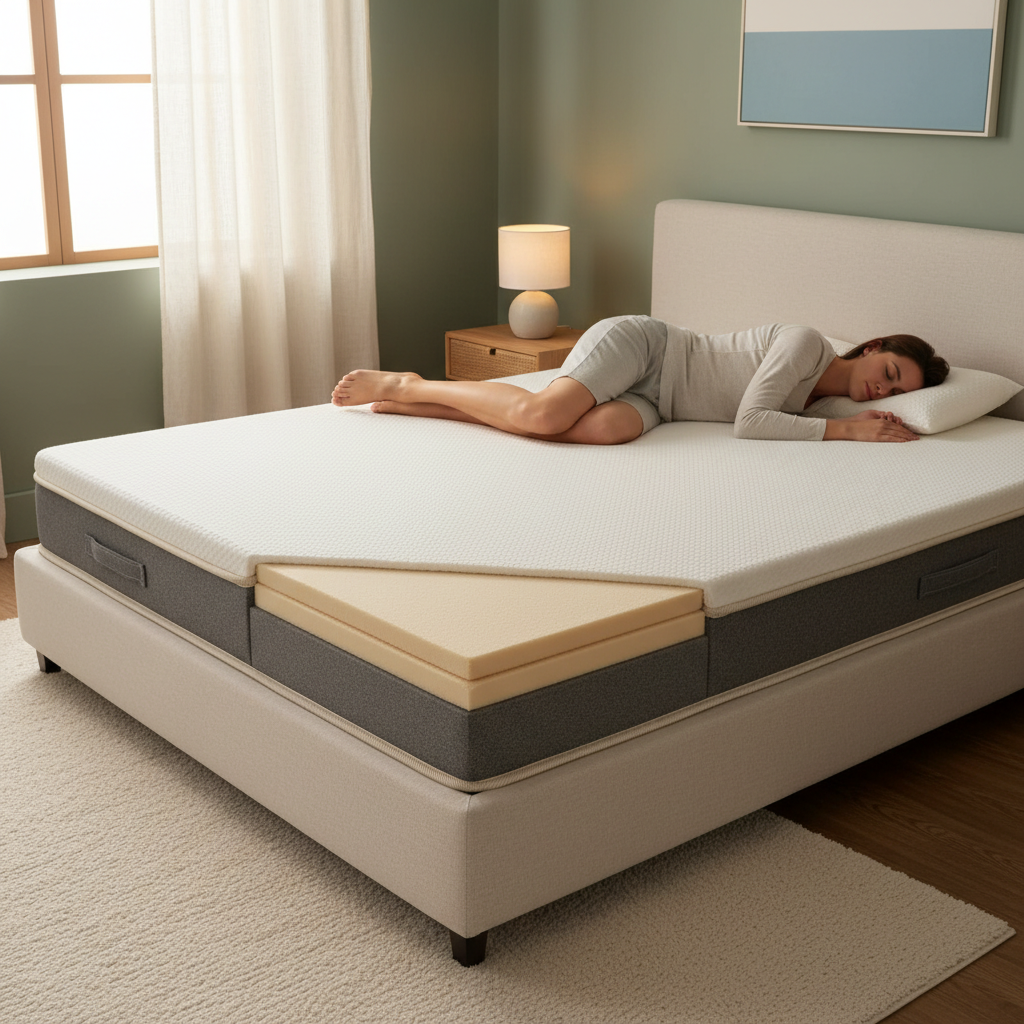
Finding the best mattress for side sleepers with hip pain requires understanding how your sleeping position affects pressure points and spinal alignment. Side sleeping naturally places significant weight on your hips and shoulders, which can lead to discomfort and restless nights if your mattress doesn't provide proper support. The key is balancing contouring that relieves pressure with enough firmness to maintain healthy spine alignment throughout the night.
Hip pain during sleep often stems from pressure point buildup, poor spinal alignment, or a mattress that's either too firm or too soft for your body's needs. Side sleepers need a surface that cradles the hip area while supporting the natural curve of the spine. This delicate balance becomes even more critical when you're already dealing with hip sensitivity or chronic pain conditions.
Understanding Hip Pain and Side Sleeping
When you sleep on your side, your hip bears a concentrated load that can create pressure points and restrict blood flow. This pressure can worsen existing hip conditions or create new discomfort patterns. Your mattress plays a crucial role in distributing this weight evenly and maintaining proper alignment from your head to your feet.
The most effective approach combines medium-firm support with targeted pressure relief. A well-built spring mattress paired with a latex topper has proven particularly successful for many side sleepers dealing with hip discomfort. This combination offers the structural support needed for spinal alignment while providing the cushioning necessary to reduce pressure on sensitive hip areas.
Several factors contribute to hip pain during side sleeping, including mattress age, firmness level, and material composition. Memory foam options can provide excellent contouring for pressure relief, though some sleepers prefer the more responsive feel of hybrid constructions that combine coils with comfort layers.
[collection-carousel="memory-foam"]
Optimal Firmness Levels for Hip Pain Relief
The ideal firmness for side sleepers with hip pain typically falls within the medium to medium-firm range, roughly 5-6 on a 10-point scale. This level provides enough give to accommodate your body's curves while maintaining the support structure necessary for proper spinal alignment. Mattresses that are too firm can create excessive pressure on hip bones, while overly soft surfaces may allow your hips to sink too deeply, throwing your spine out of alignment.
Brooklyn Bedding Signature Hybrid in medium firmness has gained popularity among users who need to balance support and comfort without the memory foam feel. This particular model tends to feel slightly softer than its firmness rating suggests, making the medium option potentially ideal for side sleepers who want responsive support without excessive sinkage. Note: Popularity is based on aggregated user impressions and brand marketing; individual results may vary.
Testing firmness becomes crucial since individual preferences and body types affect how any given mattress feels. Easy return policies provide essential protection when purchasing online, allowing you to adjust your choice if the firmness level doesn't provide the expected relief after several weeks of use.
Best Mattress Types for Side Sleepers With Hip Pain
Hybrid Mattresses
Hybrid mattresses combining innerspring coils with comfort foam layers offer an excellent foundation for side sleepers dealing with hip pain. The coil system provides responsive support that maintains spinal alignment, while the comfort layers offer pressure relief where you need it most. Helix mattresses exemplify this approach with personalized options designed to match your specific sleep preferences and support needs.
[collection-carousel="helix-mattresses-helix-mattresses-near-me"]
DreamCloud Hybrid represents another budget-friendly option that delivers firmness without the memory foam sink feeling. While reviews vary, many users appreciate the combination of support and surface responsiveness that helps facilitate position changes during the night without feeling stuck in one position.
Memory Foam Solutions
Memory foam excels at conforming to your body's contours, making it particularly effective for pressure relief around the hips and shoulders. Tempur-Pedic's pressure-relieving memory foam has established a strong reputation for helping side sleepers manage sensitivity in pressure-sensitive areas. This reputation reflects commonly reported consumer impressions; it does not replace clinical or orthopedic consultation.
[collection-carousel="tempur-pedic"]
The key with memory foam lies in finding the right density and firmness combination. Higher-density foams provide better durability and support, while the firmness level determines how much contouring you experience. Some side sleepers prefer adding a topper to a firmer memory foam base, allowing them to customize the comfort level while maintaining the underlying support structure.
Latex and Natural Materials
Latex toppers paired with firm base mattresses offer customizable comfort that many find ideal for hip pain management. This approach allows you to adjust the surface feel without replacing the entire mattress, making it a cost-effective solution for fine-tuning pressure relief. Locally made firm mattresses with latex toppers can provide excellent value while delivering the specific support characteristics you need.
Additional Considerations for Hip Pain Relief
Beyond mattress selection, several factors can enhance your sleep comfort and reduce hip pain. Adjustable bases allow you to modify your sleeping position slightly, potentially reducing pressure on sensitive areas while maintaining side sleeping comfort. Proper pillow support between your knees can also help maintain hip and spine alignment throughout the night.
The age and condition of your current mattress significantly impact its ability to provide adequate support. Mattresses lose their supportive properties over time, with sagging and softening that can worsen hip pain. If your current mattress shows visible wear or is more than 7-8 years old, replacement may provide immediate relief regardless of the specific type you choose.
-
Consider mattresses with zoned support that provide different firmness levels for different body areas
-
Look for models with enhanced edge support if you sleep near the mattress perimeter
-
Evaluate motion isolation if you share your bed with a partner
-
Factor in temperature regulation if you tend to sleep warm
-
Assess the thickness of comfort layers relative to your body weight and pressure sensitivity
Testing and Selection Process
In-person testing remains valuable when possible, as it allows you to experience how different mattress types feel under your specific body weight and sleeping position. Many regional showrooms now carry online-exclusive brands, providing opportunities to test models that might otherwise require online purchase with return policies as your only protection.
When testing mattresses in-store, spend at least 10-15 minutes in your typical side sleeping position. Pay attention to pressure points, particularly around your hips and shoulders, and notice whether your spine feels aligned. Consider bringing your usual pillow to get a more accurate sense of how the complete sleep system will feel at home.
For online purchases, carefully review sleep trial periods and return policies. Most reputable companies offer 90-365 night trials, recognition that it can take several weeks to properly evaluate whether a mattress provides the support and comfort you need for hip pain relief.
Professional Guidance and Expertise
Working with certified Sleep Consultants can significantly improve your mattress selection process, especially when dealing with specific pain concerns. These professionals understand how different mattress constructions interact with various sleeping positions and can help identify options most likely to address your particular combination of side sleeping and hip sensitivity.
Sleep consultants can also help you understand how factors like body weight, existing medical conditions, and personal preferences should influence your mattress choice. This personalized approach often leads to better outcomes than relying solely on online reviews or general recommendations that may not account for your specific situation.
Comprehensive mattress guides provide additional resources for comparing features crucial for side sleepers with hip discomfort, including detailed information about firmness levels, material properties, and construction methods that impact pressure relief and support.
Budget-Friendly Approaches
Managing hip pain through better sleep doesn't necessarily require a premium mattress investment. Several cost-effective strategies can provide significant improvement. Adding a quality topper to a firmer existing mattress often delivers excellent results at a fraction of replacement cost, particularly when using latex or memory foam toppers designed for pressure relief.
[collection-carousel="puffy-lux-mattress"]
Financing options, including 0% financing for up to 60 months, make higher-quality mattresses more accessible when you're dealing with pain that affects your daily life and sleep quality. Investing in proper support can often reduce long-term healthcare costs and improve overall quality of life enough to justify the expense.
Conclusion
The best mattress for side sleepers with hip pain combines medium to medium-firm support with targeted pressure relief, typically achieved through hybrid construction or memory foam with appropriate firmness levels. Success often comes from pairing a supportive base with customizable comfort layers, whether through built-in design or added toppers that allow fine-tuning of surface feel.
Remember that mattress selection represents just one component of managing hip pain during sleep. Proper pillow support, sleep position adjustments, and addressing underlying mattress age or wear all contribute to creating an environment that supports comfortable, restorative rest. Taking time to test options thoroughly and working with knowledgeable sleep consultants can help ensure your investment provides the relief and support your body needs for better sleep and reduced hip discomfort.



